How Recipes Are Developed & Created
I have been a professional recipe developer for over 30 years, and still, when people ask me what I do, few people understand what any of my explanations mean. Recipe developing is actually a very exacting profession and now that I apply my skills to developing low FODMAP recipes, here in our FODMAP Everyday®Test Kitchen, we thought we would explain exactly how we bring these hundreds of tested low FODMAP recipes to you (about 1000 at this point).
I Have IBS, Follow The Diet, am Monash University Trained & FODMAP Friendly Accredited
As someone who follows the diet herself, and as a professional recipe developer, it is important to me to be able to create the absolute best low FODMAP recipes that you will find anywhere: that means recipes that work, and recipes that use the most up-to-date low FODMAP science. This is why I am also Monash University trained and FODMAP Friendly accredited. We are working hard for YOU!
Professional recipe development is important because it is the reason why our recipes work -and why our recipes are appropriate for you to eat while following the low FODMAP diet.
Professional recipe development is important because it is the reason why our recipes work -and why our recipes are appropriate for you to eat while following the low FODMAP diet.
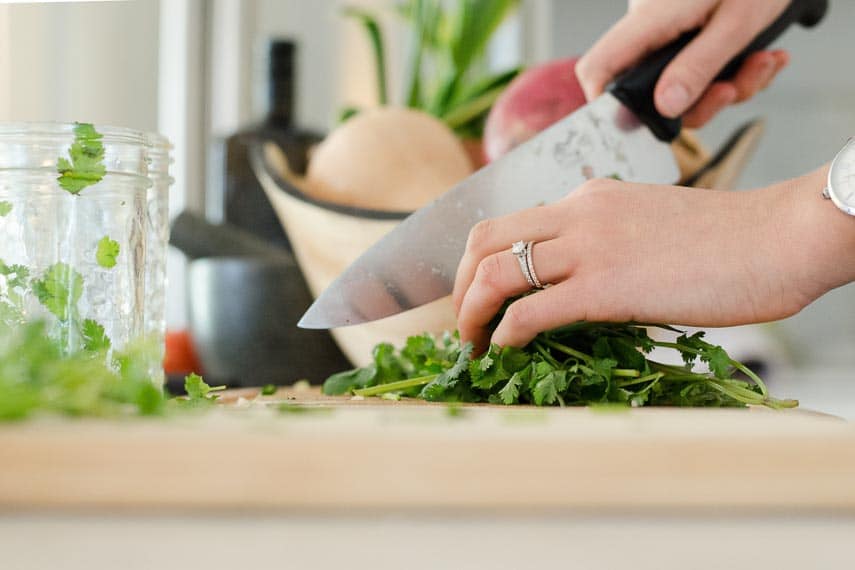
Professional Recipe Testing & Assessing FODMAP Content
There are two parts to bringing you low FODMAP recipes:
- We develop and test recipe professionally.
- And we make sure that the recipes are low FODMAP based upon the Monash University and FODMAP Friendly science available at the time.
As far as we know, I am the only professional recipe developer in the world with these credentials. This article explains both parts of our process.
Part One: Professional Recipe Testing
Our Recipes Work – Some Others Don’t. I am sure you have had the experience of following a recipe (from a book, website, etc.) and ending up with a horrible result. The reasons are myriad:
- You didn’t actually follow the recipe (used different ingredients, size pans, etc.)
- Your measuring equipment is off (that dented measuring spoon does not equal 1 tablespoon)
- Your oven temperature isn’t calibrated (many ovens are off by 25°to 50°)
- Your herbs and spices are stale
- Your pots and pans are flimsy and encourage burning and overcooking
OR
- Maybe the recipe wasn’t developed, tested and written well to begin with
So, What Does it Mean To Professionally Develop and Test a Recipe?
That last one, #6. above, probably surprised you.
The majority of people assume that if a recipe is printed in a cookbook or is found online that it must be a great recipe that will work…nothing could be further from the truth.
…people assume that if a recipe is printed in a cookbook or is found online that it must be a great recipe that will work…nothing could be further from the truth.
There Are Good Recipes & Bad Recipes
The advent of the Internet and food blogs has been both a boon and a curse to the world of recipes. We now have millions of recipes at our fingertips, but the great majority of recipes are launched into the world and onto your screen by people who have absolutely no professional food background or any experience with recipe development.
This matters. Because when a recipe finally gets to you, it should have gone through a very thorough process, which will in turn help YOU get the best possible results in your kitchen when you recreate it.
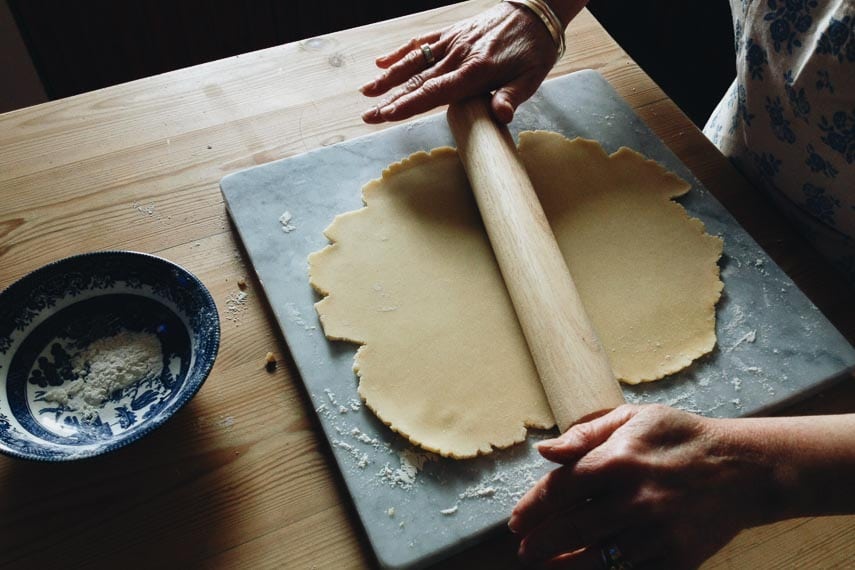
The Recipe Development Process
Here is how I usually explain it:
- A recipe is developed. This means it is researched and the developer understands the provenance of a dish. Practically speaking this means you wouldn’t use an ingredient in a dish that doesn’t belong there, and that you have a fine palate and understand how to balance flavors and textures. That you also understand the technical aspects of creating the dish. Does something have to be seared then roasted? Or vice versa?
- The recipe is tested. Once the basic approach is formulated, the recipe is made several times using precise, quality equipment that will allow you to accurately present what was tested, which will in turn help the end-user have success.
- The recipe is written correctly. There is an art and science to this. Recipes that call for “a bag of tortilla chips” or “a can of tomato sauce” have not given you all of the information that you need. If a recipe calls for 1 cup of raw rice, how much is that in weight? When a recipe says, “simmer for 5 minutes”, but offers no visual cues, the recipe will only work if you have the exact same pan and stove with the same BTUs as the person who wrote the recipe. If you find out in the middle of a recipe that you need to marinate something overnight and you had planned on serving the dish ASAP, you’ve got a problem that could have been prevented if the recipe were written correctly. I could go on…
All of our recipes are developed, tested and written in such a way as to ensure success for YOU! And, all of our recipes are in Metric and Imperial amounts.
Part Two: Recipes That Work AND That Are Low FODMAP: Assessing FODMAP Content
And now that you are eating low FODMAP, you not only need recipes that work, you need recipes that are compliant with your diet. I am bringing my recipe development experience to the diet so that we can show people how to THRIVE on the low FODMAP diet. To show you how to eat deliciously AND stay symptom-free.
I am Monash University trained and FODMAP Friendly Accredited. I have also lived with IBS for over 30 years and follow the diet myself, have written 17 cookbooks and have been creating recipes for decades for Bon Appetit magazine, corporate sponsors and more.
Our brand, FODMAP Everyday®, is FODMAP Friendly Accredited as well.
All of this, combined with our Success Team of Monash trained RDNs, means that FODMAP Everyday® is a uniquely qualified reliable resource made up of a team of skilled professionals.

Assessing FODMAP Content
When I develop a recipe, stringent development and testing procedures are followed as described above, but now I am also overlaying the need to identify FODMAP content.
This entails an understanding of individual ingredients, how those ingredients are processed (which can alter FODMAP content), how FODMAPs might change during recipe preparation and also how the FODMAPs stack within the recipe itself.
We use Monash University and FODMAP Friendly research as our primary references. As developers of the diet we are confident in their science. The diet is evolving, and foods are re-tested periodically. All of our recipes are developed using the science available at the time of initial publication of that recipe.
Our team also researches commercially prepared ingredients thoroughly and we have conducted hours and hours of phone conversations with product manufacturers querying them about ingredients such as uncovering hidden FODMAPs often found within “natural flavors” of prepared products.
You might want to check out our Shopping Lists to see this in action.
In addition, we use general scientific knowledge (of carbohydrates in particular) and the clinical judgement of our Monash trained Registered Dietitians to make prudent decisions. For instance, you might see an ingredient used in a recipe that has not yet been lab-tested by Monash. Our article, Ask The Right Question is a great educational document to review at this time.
If you ever have any questions about our recipes and use of ingredients, please do not hesitate to write us.
FODMAP Content Accuracy
If you are using our Real Plans Meal Planner please note that the recipes will be presented in volume measurements, which are what we use primarily in our recipe development. The Real Plans planner allows you to convert to metric, but the conversion does not use our conversion factors. If you are converting to metric via the Real Plans Meal Planner, please compare ingredient amounts against the original recipes here on the site for proper accuracy and FODMAP levels.
What Our  Icon Means
Icon Means
When you see this green “kiwi” symbol , which is exclusive to us, it means that the recipe is low FODMAP and can be eaten while on the Elimination Phase of the low FODMAP diet.
When you see this green “kiwi” symbol
, which is exclusive to us, it means that the recipe is low FODMAP and can be eaten while on the Elimination Phase of the low FODMAP diet.
You must, of course, use our serving size recommendations and take stacking into consideration when you are creating meals comprised of more than one dish.
Can We Guarantee That a Recipe is Low FODMAP?
No. No one can. Unless a recipe is prepared and then lab tested, no one can know actual FODMAP details.
We can tell you that you will not find more thoroughly vetted low FODMAP recipes anywhere, and we stand by that statement.
High FODMAP Ingredients in Recipes
We often refer to the Monash University system in our text and recipes. Monash uses a Red Light to designate high FODMAP content, a Yellow Light to designate moderate FODMAP content and the Green Light to designate Low FODMAP content.
Our green “kiwi”, by the way, is meant to recall the Green Light icon and communicate low FODMAP information.
We highly recommend that you download the Monash University Low FODMAP Diet Smartphone App and become very familiar with it.
ALWAYS click through every entry in the Monash app, whether it has a Red Light or Yellow Light or Green Light, to educate yourself to the full information at your disposal.
If you find an ingredient in our recipes that you believe to be high FODMAP, make sure you are educating yourself thoroughly via the apps. Please also read our article, High FODMAP Foods With Low FODMAP Serving Sizes.
For instance, celery is Red Light, because a serving size has somehwat arbitrarily been set at 2 medium stalks (75 g). But if you click through the entry you will see that about a quarter of a stalk (10 g) is Green Light and allowable even during the Elimination Phase. This means you CAN add that amount of celery into your tuna or egg salad or to dip into peanut butter for a snack.
Please read our article, What Is A Low FODMAP Serving Size?
Always pay attention to serving sizes. We might use a full stalk of celery in a recipe, but the directions are to divide the recipe into multiple low FODMAP servings.
Now Get Cooking!
We hope you have spent some time perusing our site. Check out the Recipe Filter if you haven’t as of yet. Try some recipes and let us know what you think and if you have any questions.
We are here to make sure that you can make delicious low FODMAP recipes at home and THRIVE while following the low FODMAP diet.
And if you are a baker or just know someone who loves sweets, treats, desserts and baked goods, check out our Low FODMAP Baking e-book. It is jam-packed with almost 300 pages of low FODMAP baking know-how!
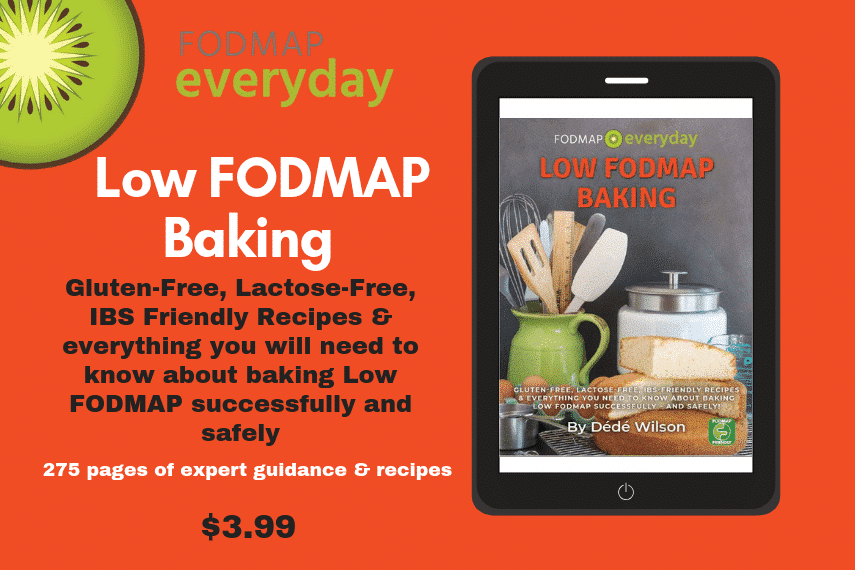
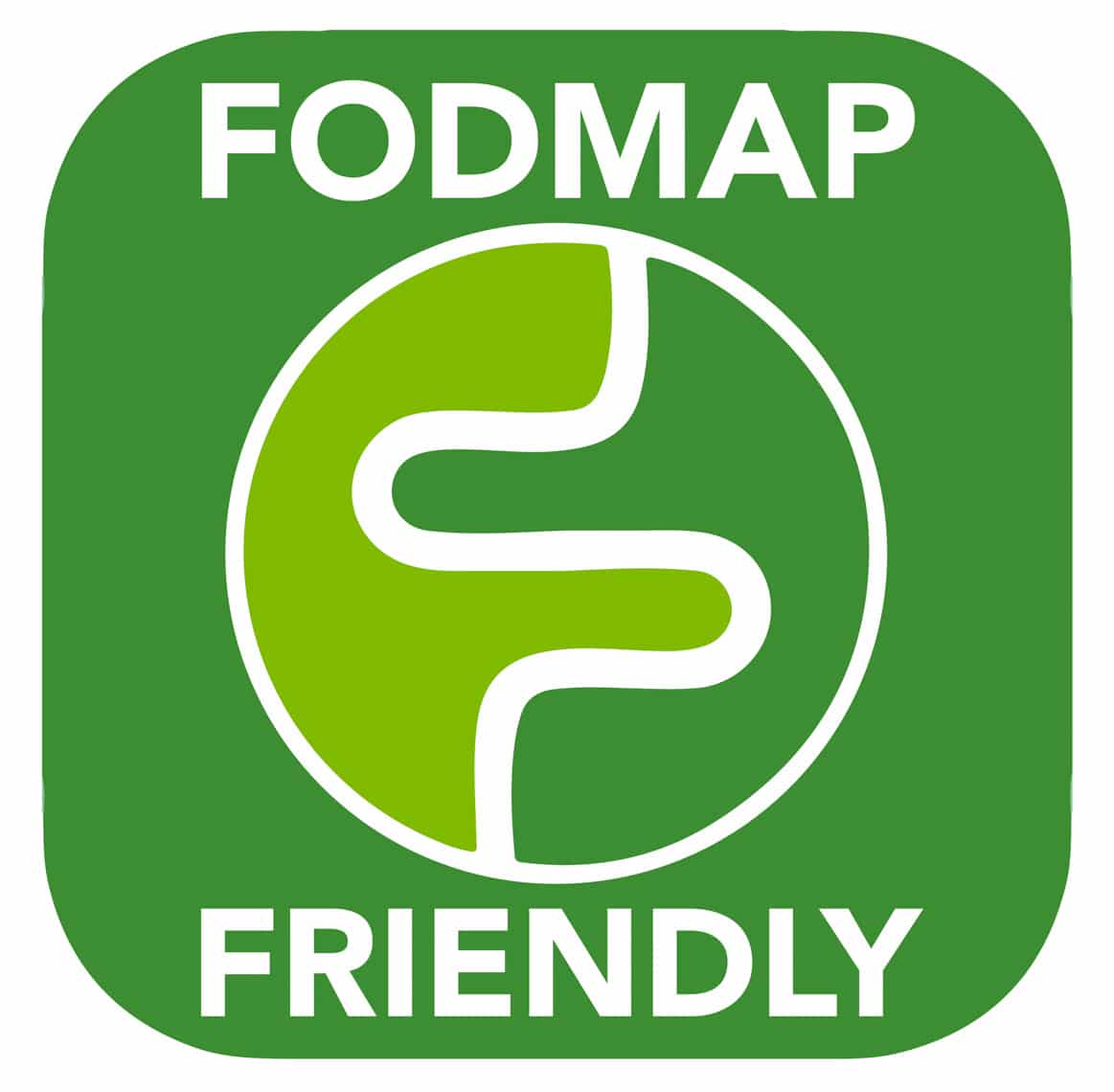
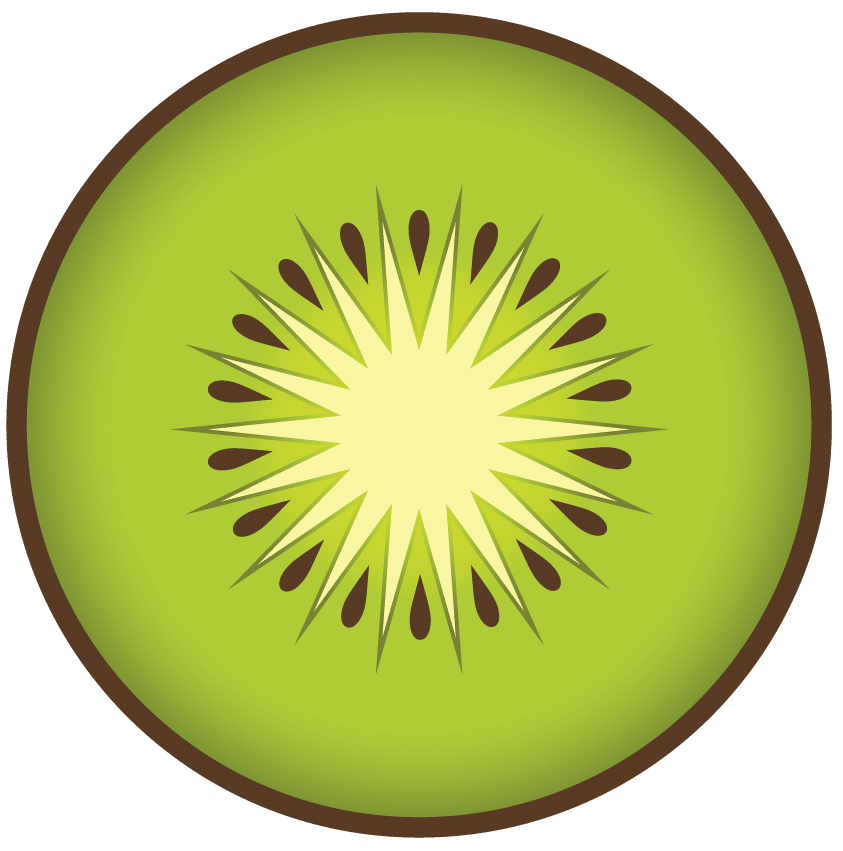 , which is exclusive to us, it means that the recipe is low FODMAP and can be eaten while on the
, which is exclusive to us, it means that the recipe is low FODMAP and can be eaten while on the 







I need a very low fodmap meal replacement that has NO “ARTIFICIAL FLAVORS”, NO “NATURAL FLAVORS”, and NO FIBER. No corn, chemicals, preservatives of any kind.
Can you make or do you already have available?
Hi Rick, we do not make any products. I have linked our very popular meal replacement article, but you would have to filter through the suggestions for your specifications. Have you consulted your Registered Dietitian for recommendations?